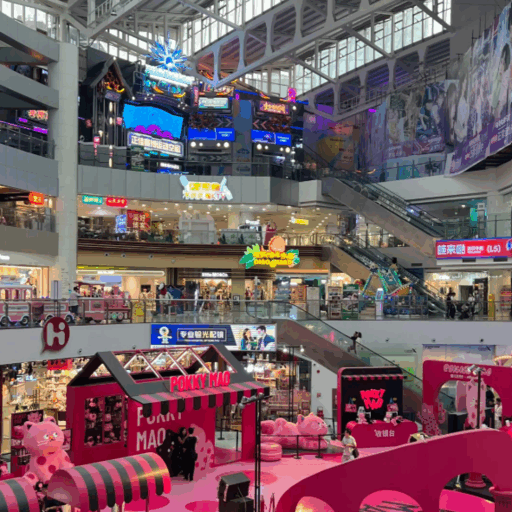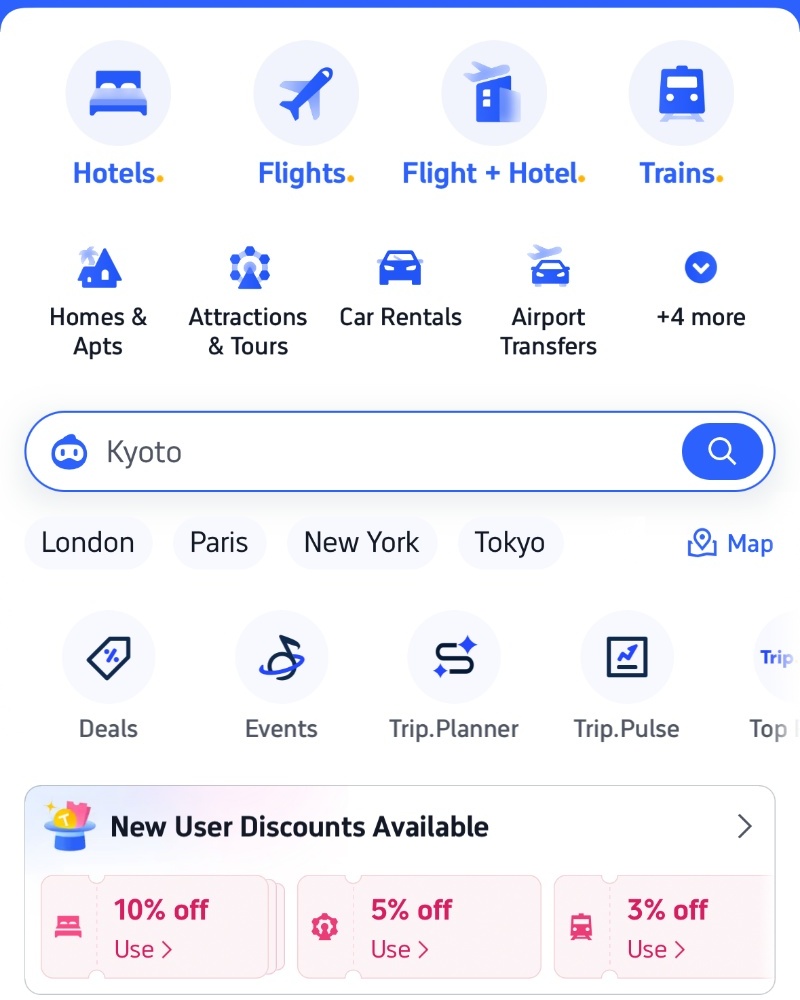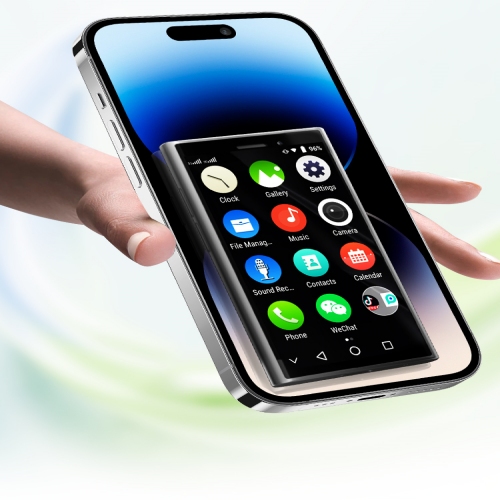The meeting point of modernity and China's ancient civilization lies in Shanghai. It is often referred to as “the Pearl of the Orient.” It features breathtaking waterfront vistas coupled with immense Dynastic sculptures. Those around the world admire Shanghai for its fantasy-like skyscrapers, along with the historical beauty they offer, not to forget the mouthwatering delicacies they offer. Our guide takes you from the most interesting places to the not-so-touristy ones that will elevate the level of your trip into the ethereal. Your Shanghai trip starts here!
What Are the Must-See Attractions in Shanghai?
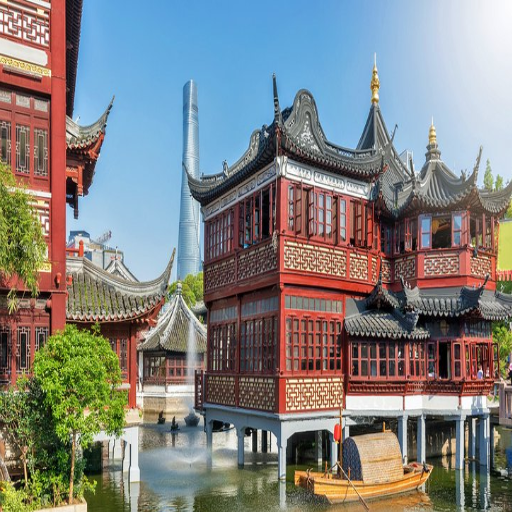
Exploring the Bund: A Historic Waterfront
The Bund, or “Waitan” as it is called in Chinese, is a breathtaking waterfront area located along the west bank of the Huangpu River. The location is well known for its skyline. The Bund is well known for its spectacular sights, which include the grand styles of Gothic, Baroque, and even Art Deco. This part of it is suspended because the historic buildings in Shanghai remain a relocated impression, as this region is rich in colonial signs of Shanghai’s history.
Tourists can walk along the promenade from which they view Lujiazui's Futuristic Skyscrapers, located on the other side of the river. Buildings such as the Tower of the East Pearl and Shanghai Tower can also be seen. At The Bund, you have some great views, especially at night, when every region is glowing with shimmering lights, resulting in a pair of gloved hands reflecting on the water. The Custom House, known for its clock tower, and The Peace Hotel are great places to visit to see the signs of Art Deco.
To aid your Shanghai tour, avail of services for an easy-going cruise where you can spot the Bund and take ample photos of it from all angles, giving this place a whole new perspective. You can also spot areas such as the boutique located in Shanghai. This place is terrific for people, whether you visit to see the stunning buildings or enjoy the rush and vibe of the Shanghai crowd. But the Bund is the heart of Shanghai.
Top Skyscrapers in Pudong: A Skyline to Remember
Pudong’s skyline is a reminder of Shanghai's significance in the world, housing some of the most extraordinary skyscrapers in history. Dominating the Shanghai skyline is the Shanghai Tower, which is the tallest building in China and the second tallest in the world, spiraling to an astonishing 632 meters (2,073 feet). Apart from the architecture, the tower also hosts one of the world’s fastest elevators, which speeds to the top in mere seconds.
Next to it lies the Shanghai World Financial Center, which was playfully named the “bottle opener” due to its eye-catching design. This marvel of architecture also stands at 492 meters (1,614 feet), making it one of the tallest skyscrapers in the world, and offers breathtaking panoramic views of the entire city from its skywalk and observation decks.
Another structure that should be on one’s bucket list is the Jin Mao Tower, which showcases Impeccable traditional Chinese architectural styles while engineering modern structures. The tower stands at 420.5 meters (1,380 feet), making it a business hub with luxury offices, a hotel, and a skywalk available for adventure lovers, and residences.
Fulfilling this quartet of iconic structures is the Oriental Pearl Tower, a striking trademark of Shanghai. Standing at 468 meters (1,535 feet), the tower's unique, futuristic design, equipped with multifunctional features, offers exceptional entertainment, dining, and observation experiences for people of all ages. Not merely a grouping of skyscrapers, Pudong’s skyline represents a monumental fusion of invention, culture, and aspiration that cements Shanghai’s identity in world history.
Visiting the Oriental Pearl Tower: An Iconic Landmark
The Oriental Pearl Tower is a multifaceted facility, providing a variety of entertainment features. Among its countless activities, the glass viewing platform, situated at a height of 259 metres (850 feet), affords a breathtaking view of Shanghai city and is the most popular. Visitors can enjoy the feeling of walking on air while taking in the city below. For those seeking an even closer view, the tower's 360-degree revolving restaurant, located at 267 meters (876 feet), serves local and international cuisine with stunning sights through the windows, making eating even more thrilling.
The Place also offers the Shanghai Urban History Development Museum, which serves as a form of edutainment and should not be missed by history buffs. In great detail, complete with realistic mannequins and audiovisual components, this museum showcases the city’s evolution from a simple fishing village to a world-class cosmopolitan hub. The tower still holds a cherished place in modern times by hosting nightly spectacular light displays, including vivid patterns on the prominent skyline, which one ought not to ignore.
If one needs an adrenaline rush, is a culture freak, or wants to gaze from soaring heights, the Oriental Pearl Tower, symbolizing Shanghai’s contemporary metropolis, is a location for everyone and is sure to enchant tourists.
What Are the Best Districts to Visit in Shanghai?
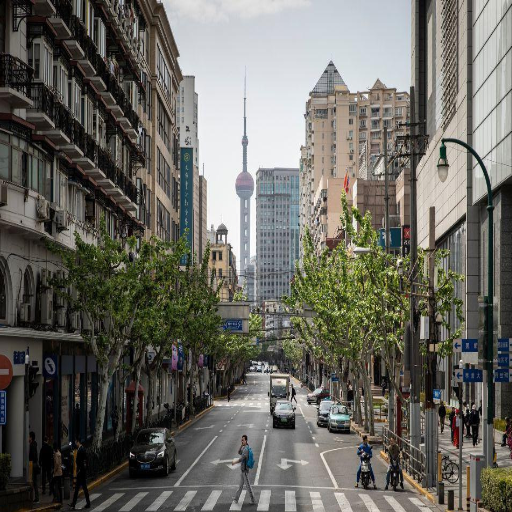
Huangpu District Overview: Center of Shanghai
The Huangpu District stands out as the centerpiece of Shanghai and is rich with modern development as well as history and culture. Huangpu contains many of the city’s most recognized places, such as the Bund, where buildings of the colonial period are set against the contemporary skyline of the Huangpu River. This historic waterfront promenade offers a stunning glimpse into the city’s transformation over the years.
Moreover, Huangpu is famous for other vibrant commercial centers, like Nanjing Road, a street that draws millions of tourists every year. The area boasts a mixture of authentic Chinese heritage, international brands, street vendors, fast food outlets, and state-of-the-art shopping complexes, ensuring a unique dining and shopping experience. The district also features cultural masterpieces, such as the Yu Garden, a stunning classical garden renowned for its intricate designs and traditional architecture.
Suppose you want to know more about Shanghai's history. In that case, Huangpu has several historic places and museums, including the Shanghai Museum and the old building of the First National Congress of the Communist Party of China. These places help in understanding the city’s rich history and cultural evolution. From artistic legacy to metropolitan life, Huangpu District is a representation of Shanghai, beautifully balanced between history and modern development.
Exploring the French Concession: Experience Old Shanghai
The French Concession is known for its tree-shaded streets and charming colonial architecture, which are a part of Shanghai’s rich history. It was established in 1849 and occupied by French expatriates until the mid-twentieth century. It became one of the distinct neighborhoods in the city. The French Concession is both historically significant and rich in modern culture, making it popular among tourists and locals.
Notable streets include Wukang Road and Sinan Road, which are known for having unique boutiques and artisan cafes. Even Xintiandi and Tianzifang, which are also known for their traditional shikumen-style houses, have adapted their architecture to modern styles, while still preserving the historical tastes. This area also has many art galleries and performance venues, which increase its reputation as a cultural hub.
Apart from the cultural attractions, the French Concession is aesthetically pleasing with parks and walkable streets telling the story of Shanghai’s international past. The French Concession offers an experience that allows tourists to observe the multifaceted charm of Shanghai.
You're Exploring the Lively Area of Xintiandi.
Xintiandi is an excellent mixture of Shanghai’s history and modern vibrant culture, giving a glimpse of the city's development. Originally part of Shanghai's historic Shikumen architecture, Xintiandi combines stylish and comfortable modern elements with traditional narrow lanes and brick-clad townhouses. This area is one of the most prominent cultural icons, with swift walking access and diverse shops nearby, as it was renovated with care to preserve the city's heritage and culture.
Xintiandi has unmatched appeal as a hot spot for dining, entertainment, and shopping, boasting a range of both international and domestic eateries, quaint restaurants, upscale clothing stores, and delightful art galleries. This area features endless options for entertainment, making it a perfect spot for both locals seeking to unwind after a long week and tourists wanting to experience metropolitan Shanghai. The social atmosphere quickly shifts after dark as the area becomes packed with bustling bars and nightclubs, showcasing a different angle of the spirited city.
Apart from being a central hub of entertainment, this district also captures the energy of contemporary urban life while showcasing Shanghai’s historical charm alongside its modern aspirations.
What Travel Tips Should I Know Before Visiting Shanghai?
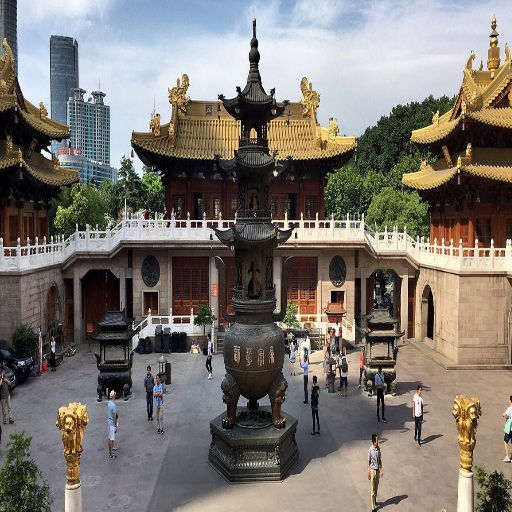
Getting Around: Tips on Shanghai’s Metro System
Residents and tourists alike prefer the Shanghai Metro as a primary means of transportation because it is user-friendly. At the metro's disposal, one will find over 500 metro stations and 18 lines that practically reach every part of the city, including popular sites, business areas, and residential areas.
To pay for single-journey tickets, travelers can buy them from kiosks or opt for rechargeable Shanghai Public Transportation Cards, also known as Jiatao Cards. For the most part, the metro's operational hours are from 5:30 AM to 11 PM, but each line has its unique timetable, so it's recommended to check it before traveling. It's worth noting that foreign travelers won't have problems using the metro, as all announcements and signs are in English and Mandarin.
Similar to the rest of the world, Shanghai also has peak hours, mostly between 7:00 and 9:00 AM and 5:00 and 7:00 PM, during which the train can become overly packed with people. Therefore, if you want to be comfortable traveling, it's suggested to steer clear of these hours. To put even more icing on the cake, getting a map or an app that includes the metro is useful for timing, route planning, and monitoring real-time changes.
Despite the high density of users, Shanghai's metro system is an excellent way to experience the city's rhythm. Be it from an economic perspective, as it is pretty affordable to use the metro, or simply just to uphold the daily hustle and bustle. Navigating Shanghai, the first thing tourists need to do is get their heads around the metro, as it allows unlimited travel on vibrant red lines.
Effective Use of Public Transport and Taxis
When dealing with taxis and public transportation in Shanghai, a combination of offline and online methods usually works. Taxis can be hailed quite freely from street corners, but at times, taxi apps can be more helpful by providing a better estimation of waiting times and costs. Because of the use of ticket languages, apps help make travel simple, as users can load tickets in their native language and enter their destination in any chosen language. Ticket inputs do not need to be only Chinese characters, but English is recognized.
For other lines of travel outside the purple outline, each Shanghai Public Services Card (bus and ferry services inclusive, publicly known as SPT) allow easy riding }on various modes of city transport. The card can carry value and be used on buses, metro systems, and ferries, reducing the need for several coins. The card does not only serve merchants, though advanced charge places exist. Bus A, while having a more multi-directional approach than the Train Metro to Ladybird, is essential for traveling within the city's borders. Not covered counterpoints: most English-speaking tourists have display announcements with captions in both foreign and Chinese languages, especially on buses and some metro lines, which aid in finding routes, making their sightseeing simpler.
Avoiding congestion requires an understanding of peak travel times. Weekday early morning and late afternoon periods can be crowded for public transport. Checking transport apps for live schedules or less busy periods greatly enhances the experience. In Shanghai, local knowledge combined with travel apps and cards makes navigating taxis and public transport easy and exciting for travelers.
How a Travel Visa Works for Travelers
International travelers face different visa requirements based on their destination, nationality, and trip purpose. Certain countries have more straightforward entry processes, such as visa-free access or visa-on-arrival for select nationalities, while others require travelers to apply for a visa before departure. For example, tourist and business visas generally come with stringent stay limits, usually between 30 and 90 days.
It's vital to know the specific visa requirements for your trip. Many modern countries offer online application services through e-visa portals. To ensure a smoother travel experience, one must verify the validity period of their passport, which is usually six months longer than the intended stay. In addition, accommodation bookings and proof of funds to support the travel are mandatory in some cases.
Long-term visitors for work, study, or other reasons may be eligible for dedicated visa categories that offer long-term stays, but these may involve complex procedures such as interviews or sponsorships. Travelers must stay informed about the latest changes and document deadlines to avoid complications. Adequate planning and anticipation tend to make the travel experience smoother and reservations hassle-free.
What Are the Top Places to Experience Local Cuisine in Shanghai?
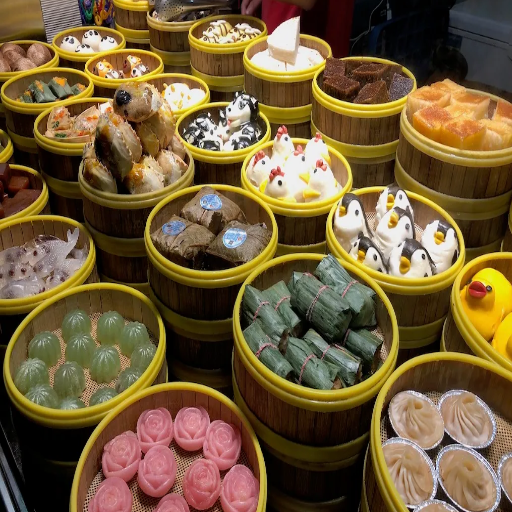
Must-Try Dishes in Shanghai's Restaurants
Shanghai restaurants serve xiao long bao that blend fine Chinese cuisine with modern culinary techniques. Xiao Long Bao, also known as soup dumplings, are renowned delicacies made with a delicately thin wrapper filled with aromatic broth and ground pork. These steaming hot piles of dumplings are a wonder of Shanghai’s culinary craftsmanship.
Equally famous is Shanghai-style braised pork belly (红烧肉, hóng shāo ròu). Hong shao rou is another Shanghai specialty that braises pork belly in sweet soy sauce, served with steamed rice, to make a hearty and comforting meal.
Drunken crab is also a must for seafood lovers. Freshly captured crabs steeped with spices, herbs, and rice wine, creating a bold and savory taste that makes the most out of the city’s coastal history.
Comfort food for Shanghainese people, Scallion Oil Noodles (Cong You Ban Mian) features noodles with scallion oil and soy sauce. The dish is simple, but the flavors packed within each bite are delightful.
Make sure you try Sheng Jian Bao (Pan-Fried Dumplings) as well. These golden-bottomed dumplings are a locals' breakfast staple for a reason. The outside is crispy while the inside is juicy, making each bite enjoyable. Eating these meals augments the experience of exploring the city and reveals the depth of its rich culinary heritage.
Where to Search for Original Street Food
You can find authentic local street food in food streets, traditional markets, and even on Wujiang Road. Snack Street is a place for food lovers, where people come from Wujiang Road to try Sheng Jian Bao, bubble tea, and more. To get a more traditional vibe, vendors in Yuyuan Bazaar serve timeless snacks like spring rolls and soup dumplings, set against the backdrop of classical Chinese architecture.
Another area i would recommend is Shouning Road which is best known for freshly grilled seafood and late-night markets for more bold taste buds. It is also renowned for the braised tofu and savory pancakes of Shanghainese food stores. Visiting pop culture and food markets helps to lift culinary interests and provides clear inspiration for the heart of Shanghai.
How Can I Plan the Perfect Trip to Shanghai?
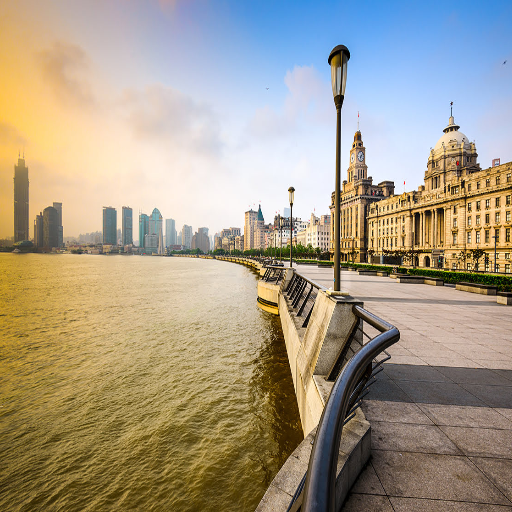
Ideal Times to Travel: Conditions and Occasions
Drawing from my experience, I suggest traveling to Shanghai in spring (March to May) or fall (September to November) of the year. The weather during these seasons is mild, which is excellent when navigating through modern buildings and historical neighborhood attractions. Century Park, for example, is fully adorned with blooming flowers in the spring. Furthermore, in the autumn, the air turns crisp and the foliage blooms, making it easy to go sightseeing and take photos. For me, these are the easiest seasons to walk around the streets or lounge around the Huangpu River because the temperature and humidity levels are pleasant.
Along with the weather, the seasons also come with other exciting festivals and events. While spring is great for attending the Nanhui Peach Blossom Festival or the Shanghai International Film Festival for film lovers, autumn is not to be outdone with the Shanghai Tourism Festival, known for its parades and cultural activities. This is why I always check the dates of these festivals; they offer a different dimension to the experience.
That being said, even winter and summer have their charm, depending on one’s preferences. For example, winter (December to February) has fewer crowds, along with the opportunity to enjoy romantic holiday decorations, while summer (June to August) is bustling with night markets and outdoor performances, despite the heat. Considering these factors often makes one's stay in Shanghai much better.
Drafting An Itinerary: Main Activities And Attractions
Whenever I design an itinerary for Shanghai, I prioritize its famous landmarks that capture the city’s history and modernity. The same goes for my unique Yu Garden. I also recommend The Bund, where tourists can view the colonial buildings of the bygone era alongside the modern skyline of Pudong across the Huangpu River. Walking around the Bund at night is a staple of any Shanghai visit. Following that, I enjoy exploring Yu Garden, a peaceful, classical Chinese garden oasis in the city center.
Another vibrant addition to your itinerary is the lively French Concession area. The Concession is ideal for strolling around the shops and cafes. Shanghai boasts world-class restaurants and cuisine. For those who want to gain some knowledge, the Shanghai Museum has a wealth of historical pieces that effectively articulate China's history. The Jade Buddha Temple is another jade-crowned Buddhist pier that lets you experience the spiritual essence of Shanghai.
To complete your plan, I recommend not missing the chance to ride the Maglev, the world's fastest train, or marveling at the Shanghai skyline from the Shanghai Tower. Moreover, if you have spare time, don’t miss out on a glimpse of Shanghai’s modern nightlife at Xintiandi, with its unique blend of bars and restaurants. These will greatly complement your trip, alongside appreciating local attractions beyond the iconic ones.
Travel Options for the Hong Kong – Shanghai Journey
If you are considering traveling from Hong Kong to Shanghai, several options are easy and effective in terms of time. For example, flying is, for me, the most efficient way to balance time and transportation between these two megacities. There are flights every day, all of which last slightly less than two and a half hours. A significant number of airlines offer this route, ranging from budget airlines to more luxurious ones. After the flight, you can easily access both the Hongqiao and Pudong International Airports from the city center with the local train, ultra-modern buses, and taxis.
Another excellent way to enjoy the views while progressing slowly is to take the high-speed train. The rail system connecting Hong Kong and Shanghai is well organized; they have direct trains that leave from Hong Kong's West Kowloon Station. It takes around 30 minutes from Hong Kong's West Kowloon Station. It takes around eight hours. If you opt for this method, I recommend selecting first-class or business seats for added legroom on the long ride. Also, over the bus methods, the train option might be a better choice due to avoiding airport formalities, and it helps you appreciate the speed of China's commendable rail system.
Finally, this option is much less popular, but you may want to consider traveling with a long-distance bus. This alternative offers a cheaper option, but it does come with a longer travel time and fewer amenities. No matter which one you decide to pick, try to plan and book in advance for traveling before the holidays to ensure the best prices and enjoy a hassle-free travel experience from Hong Kong to Shanghai.
Frequently Asked Questions (FAQs)
Q: What are the must-visit places to go in Shanghai?
A: Shanghai travel places are remarkable. In Shanghai, it's recommended that you visit The Bund, Yu Garden, Nanjing Road, and don't forget the stunning Oriental Pearl Tower. Also, check out Lujiazui and the French Concession to experience some unmatched architectural beauty.
Q: What other cities can I travel to from Shanghai?
A: Shanghai can be traveled to through different means. Air travel is available through Shanghai Hongqiao International Airport, where you can find international flights. Alternatively, you can choose to travel by train from Suzhou, Nanjing, or even Beijing. The Shanghai local intracity transport includes buses and the metro system.
Q: Is it safe for tourists to travel in Shanghai?
A: In general, it is safe to travel to Shanghai. However, one should exercise basic safety measures such as paying attention to their surroundings and safeguarding their valuables, particularly in busy places.
Q: What are the security checks like at Shanghai airports?
A: Shanghai airports, including Shanghai Hongqiao and Pudong International Airport (PVG), have pretty thorough security checks. Passports and baggage screening are standard, so passengers must be prepared to go through the usual security checks.
Q: How can I sightsee along the Huangpu River?
A: Sightseeing along the Huangpu River can be done by taking a fabulous river cruise that offers breathtaking views of the city’s skyline, particularly the stunning buildings in Lujiazui. Walking along the Bund is also an alternative that provides views of both old and contemporary buildings.
Q: What should I know about accessibility for tourists in Shanghai?
A: There is a gradual improvement in the general accessibility in Shanghai to accommodate all tourists. Several transportation services, including the metro, have elevators for people with limited mobility. Some older structures may not accommodate all accessibility designs, so it's highly recommended to have a flexible itinerary.
Q: What are the entry requirements for foreigners traveling to Shanghai?
A: According to the latest travel news, international travelers holding a passport may need a visa to enter mainland China, especially for tourist activities. Make sure to check the newest entry restrictions and travel advisories for your nationality before your visit.
